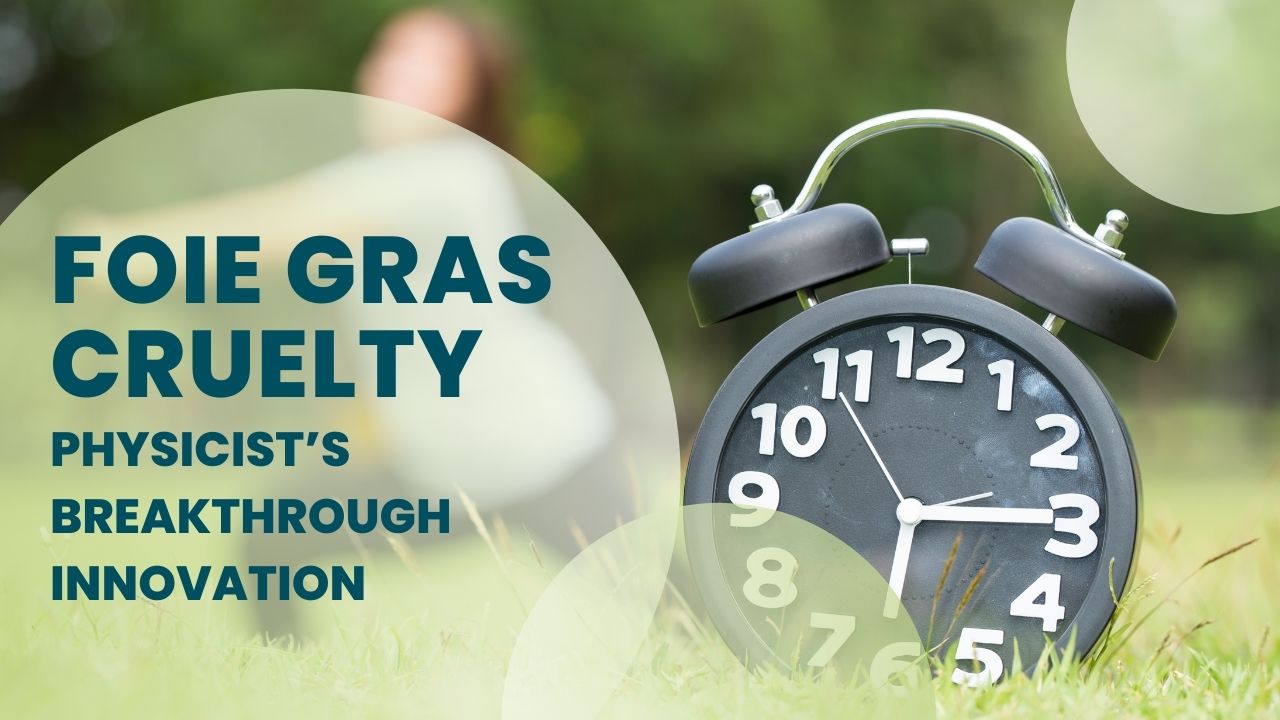Imagine sinking your teeth into a creamy, buttery bite of foie gras, its rich flavours bursting like fireworks in your mouth. This luxurious treat has been a lifelong obsession for food lovers like Thomas Vilgis, a physicist at the Max Planck Institute for Polymer Research in Germany.
It’s something really extraordinary, he recalls, his voice tinged with nostalgia as he describes his first taste in Strasbourg, France, over 25 years ago. But behind that decadent delight lies a dark reality: ducks and geese force-fed until their livers swell unnaturally.
Vilgis, a self-proclaimed foie gras fan, couldn’t stomach the industrial-scale cruelty. “It’s terrible to see,” he admits. So, he set out to rewrite the recipe without suffering.
On March 25, 2025, Vilgis and his team unveiled their game-changing discovery in the Physics of Fluids. They’ve crafted a method to mimic foie gras’ signature texture and taste, all while letting the birds eat and grow naturally.
This isn’t about sparing the animals entirely; ducks and geese are still harvested, but it ditches the controversial force-feeding that’s sparked bans in places like the UK and protests from animal rights advocates. Think of it as a compromise: indulgence with a lighter conscience.
So, how did they pull it off? Vilgis, a food physicist with a knack for blending science and culinary art, turned to enzymes, specifically lipase, a molecular scissor borrowed from yeast. In traditional foie gras production, force-feeding triggers the bird’s pancreas to release enzymes that break down fats into smaller, crystalline forms stored in the liver.
Vilgis’ team simply replicated this process in the lab. They take fat from a usually reared duck, treat it with lipase, and blend it with the liver. The result? A faux foie gras that’s eerily close to the real thing. Nuclear magnetic resonance spectroscopy tests confirmed the texture matches up, and Vilgis swears the aroma and flavour are nearly identical. Practically no difference, he says with a grin.
This isn’t the first stab at a kinder foie gras. Some have tried natural feeding methods, like letting geese gorge on acorns in Spain’s Extremadura region, but those livers don’t always hit the same velvety mark. Others have experimented with plant-based fats or collagen, only with rubbery flops.
Vilgis’ approach stands out because it’s rooted in physics and biology, not guesswork. He’s even patented the process and is chatting with industry folks about bringing it to market. Picture this: a future where your favourite Michelin-starred restaurant serves up guilt-free foie gras, no force-feeding required.
Of course, it’s not perfect. The birds still meet their end, so vegans won’t raise a toast. But it’s a step forward for those who savory foie gras and wince at its backstory. Vilgis hopes it’ll nudge producers to ease up on the suffering.
If foie gras is going to be consumed, let’s reduce the torture a little bit, he says.
And he’s not alone in his optimism. Food scientists and chefs are buzzing about the potential. Imagine a world where ethical eating doesn’t mean sacrificing that melt-in-your-mouth magic.
Take a real-world parallel: lab-grown meat. Companies like Impossible Foods have already flipped the burger game upside down with plant-based patties that bleed. Vilgis’ foie gras could be the next frontier, science stepping in where tradition stumbles. Still, scaling it up won’t be a breeze. Production costs, enzyme sourcing, and consumer acceptance all loom large. Will diners pay a premium for a cruelty-lite version? Time will tell.
For now, Vilgis’ breakthrough is a tantalizing tease, a glimpse at how physics can reshape our plates. It’s a story of passion, ingenuity, and a dash of rebellion against the status quo. Next time you’re eyeing that foie gras on the menu, you might wonder if this could be the future?
